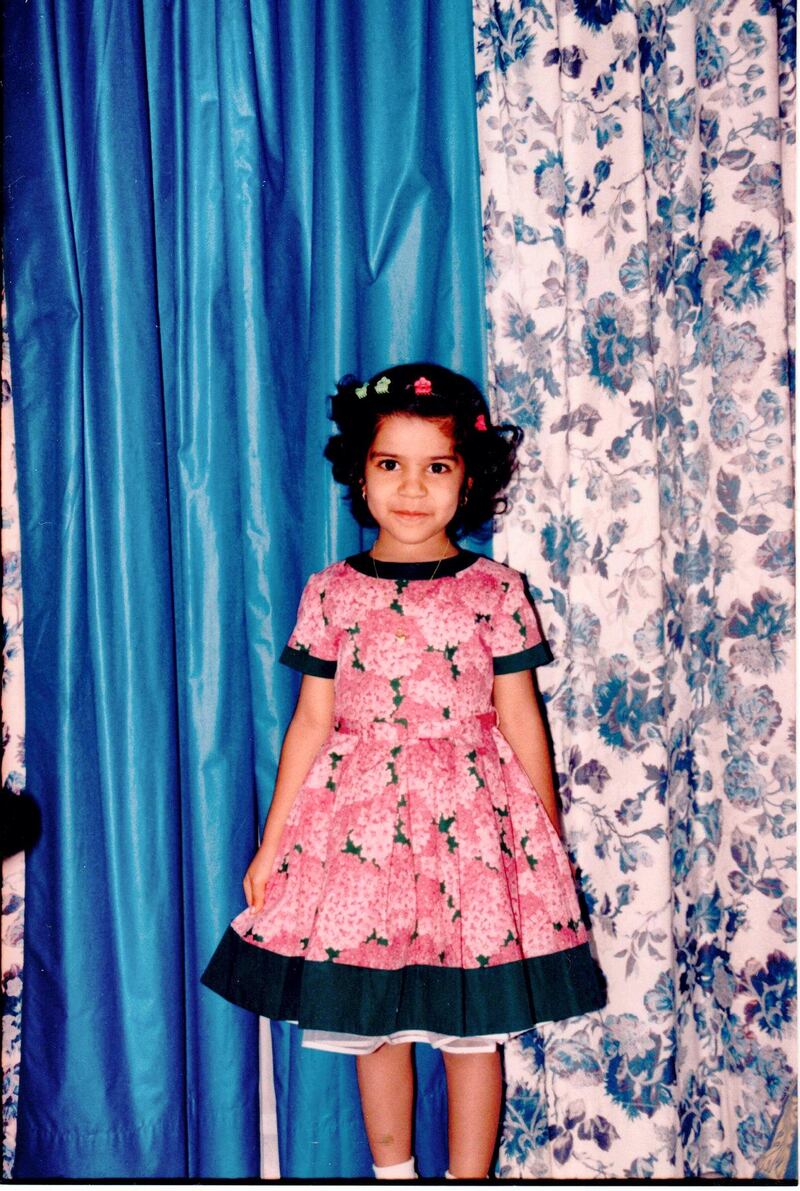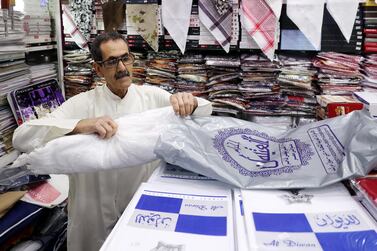As a young child, I had the privilege of living in the holiest and most sacred city in the world for Muslims: Makkah. To this day, I still have profound, fond memories of growing up there. It was where I saw people from all walks in life, and from nearly every country in the world, coming to my city. Yet, the most beautiful and dearest memories are the ones related to Hajj, which I performed almost every year of my life, from when I was born until I started high school.
In the past, the areas surrounding the Masjid Al-Haram, or the Great Mosque, were not filled with an abundance of hotels like they are today. So it was up to the people of Makkah to open up their homes to the pilgrims. My grandparents' house was no exception.
Welcoming the pilgrims
My grandfather, whose name was Abdulwahab – although we grandchildren would call him Sido, a term commonly used in Makkah for your mother’s father – was in the business of importing textiles from Asia and Europe. He lived in a 10-storey building in Alfalq, an old Makkah neighbourhood that was less than five minutes’ walk away from the Great Mosque. From his house, we could hear the adhan and the five daily calls to prayer clearly.
During Hajj, my Sido and his brother’s family, who also lived in the same building, would empty many of their the apartments and make way for all the pilgrims. They would temporarily all live on one floor. This was common practice among families at that time, and over the years Sido became fluent in five languages, plus various Arabic dialects such as Egyptian and Syrian, which he learnt from communicating with all the people who would pass through each year.
Earlier on, when my father was a child, the buildings were smaller and the weather was cooler. So many Makkan people would rent all of the floors in their houses to the pilgrims and they would spend the season on the roof.
'God's guests'
Personally, I had mixed feelings about the season. On one hand, I was always happy to see all those people and we were often reminded that they are God’s guests. We were taught that we should offer them the best hospitality.
On the other hand, I was still a child, so I wasn't used to the unfamiliar smells of food wafting through the hallways of my grandparents' house, and I disliked the fact that I couldn't use the lift as quickly; we always had to let the pilgrims enter first.
I also saw much less of my Sido and Sito (the term for grandmother). My family lived in Alazizyah, and so getting to their house, which was packed with traffic at that time of year due to their location near the Great Mosque, was difficult. The usual 15-minute drive would often turn into a journey lasting an hour or more.
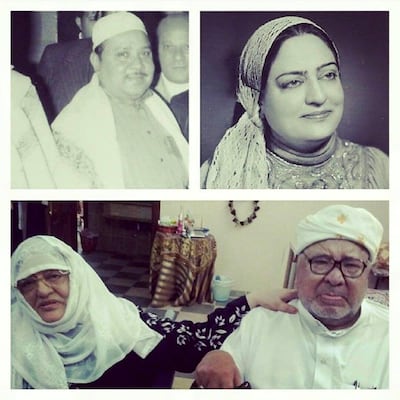
But then there were the sweets. Hajj, for me, as a pre-teen, meant sweets. It was a common tradition among Makkan families at this time of year to bake maamoul, a pastry filled with dates, in big quantities for themselves, their neighbours and the Hajjis staying in their houses. Sido would pre-order big trays of special sweets we'd only eat during Hajj before the season started. He would send them to all of our relatives and friends in Makkah and Jeddah. These were always laden with lado, labniya, narjeen and hareesa – all originally Indian, but we have our own variation, as with most of the cuisine in Makkah and other Hejazi cities that have been influenced by the cultural contact with the pilgrims over the years.
Embracing our differences
This was – and still is – the most amazing part of Hajj: it was incredibly enchanting to see people come from all over the world. And you encounter them wherever you go. There is one particular memory that is very dear to my heart: I was playing with my cousins on the balcony in my aunt's house, when we noticed there were four or five Hajji ladies staring at us from their window across the street. We liked the attention and so we decided to give them a live show; we made funny faces and started to dance.
The women tried to show us something from afar, but we didn't understand. Five minutes later, we spotted them coming out of their building, heading to our house. We immediately got scared: we thought they were coming to complain to our parents that we had been disrespectful. But actually, it turned out they liked our little show, and had come to give us some sweets as a reward. The women were from Morocco and brought us shabkeya, pastry made of deep-fried strips of dough rolled up to resemble a rose and then coated with honey and rosewater syrup. They also kindly gave my aunt a traditional Moroccan jalabiya.
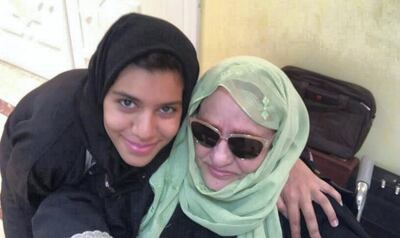
Hajj opened up our eyes to all cultures and ethnicities, especially at the annual market that used to be held in the Kudi area, the bus car park for land pilgrims. Alongside their personal belongings, they each brought authentic, exquisite merchandise from their homelands to sell. When I first visited Global Village in Dubai, it immediately reminded me of Kudi's Hajj market. All of the pilgrims would lay down their stuff on sheets (bastat) and trade. Sign language was what most people used there, as each only spoke in their own tongue. Iranians would sell the best kinds of saffron, dried fruits and gaz, Persian nougat with pistachios. They'd also bring carpets. Most homes in Makkah would have at least one Iranian carpet. We still have a three-metre by four-metre woven red and black one in our house there.
Meanwhile, Indonesians would bring sarwong, a coloured textile men wear when they pray (similar to what Emiratis wear beneath the kandura), and kourpos, which are south Asian crackers. Some Syrian and Lebanese Hajjis would bring olives, olive oil and different fruits. People from Tajikistan and Uzbekistan – and all the other Islam-influenced countries that were part of the Soviet Union – would bring socks, blankets and toys. They brought handmade Matryoshka dolls, the famous Russian nesting dolls that are placed, decreasing in size, inside one another. I still have one that I bought in 1999.
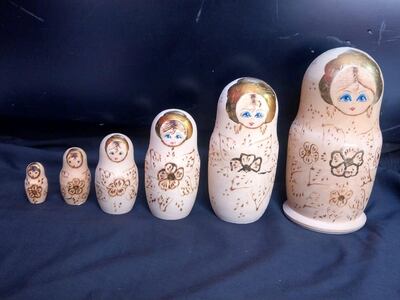
A change of pace
As you can imagine, Hajj was a busy time for the residents of Makkah, as almost two to three million extra people arrived. Everyone would get involved in some way or another, offering their services. My father was a doctor, so he would work 12 hours a day at the hospitals located in the holy sites of Arafat, Mina or Muzdalifah, which only operated during Hajj. My brother and other family members of his age would get part-time jobs in a Hajj campaign or volunteer at the Great Mosque or other sites, guiding the pilgrims. My sisters, who were medical students, would also volunteer in hospitals.
I was too young for any of that, but I do remember being involved in a special celebration for children who performed Hajj for the first time. Whenever these children returned, they would gather under a sheet held by two to four people on each side. A range of sweets, banknotes and nuts would be thrown on top and then they would swing the sheet while the children sat under it. Women would chant "Ju Ju Hajo w Jau" again and again, which means: "They returned, they returned. They performed Hajj and they returned." Suddenly, they would flip the sheet and sweets and nuts would rain on the heads of the children, who would happily celebrate their achievement of finishing the difficult pilgrimage.
A family event
As a child, I didn't really understand how holy Hajj is. To me, it was more like an exciting trip for the whole family. My favourite part was when, in the car, we would pray: "Labbayka Allahumma Labbayk. Labbayk La Sharika Laka Labbayk. Inna l-Hamda, Wa n-Nimata, Laka wal Mulk, La Sharika Lak." This is the special prayer for Hajj, which translates to: "O God. We are at your service. We are at your service." Then, once we got out of the car our voice would mix with the hundreds of thousands of other pilgrims around us, saying those same words.
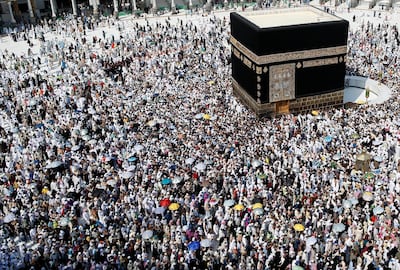
Our Hajj journey would start on the ninth day of Dhu al-Hijjah, when we would head to Arafat. Worshippers would arrive in Arafat from the morning or early noon and stay until sunset. I was always excited about the big pot in the rear of our car, where my mum would cook her delicious kabli rice with meat and traditional Arabian spices. Sometimes we had maglal lahm instead, which is bits of chopped, sauteed meat.
We would spend the day praying and asking God to grant us all our wishes. I always prayed for A grades at school and that I wouldn’t get lost in the crowds at Hajj. I would also people-watch; the men would all look the same in their white Ihram, but it was what the women wore that really enchanted me. Each group would don their different traditional clothes, mostly choosing a white version.
After the day in Arafat, all of the pilgrims would head to Muzdalifah until the evening, then to Mina, to complete the stoning ritual. After that, some of us Makkans would return home. I don’t remember those car journeys, as I always fell asleep after a long day.
For the next three days, the pilgrims would sleep in Mina, while we went there every day to throw the stones. It was a lot of walking, but it was always nice to see all the crowds again and hear everyone chanting and praying.
Much time may have passed since those days, but the Islamic practices of performing Hajj have never changed. I might have moved on, to the UAE, but these memories will last forever.
Special thanks go to my parents, Abudulwahab Basalom and Nadia Khwandanah, for their contribution to this article, as they reminded me of the parts I had forgotten
